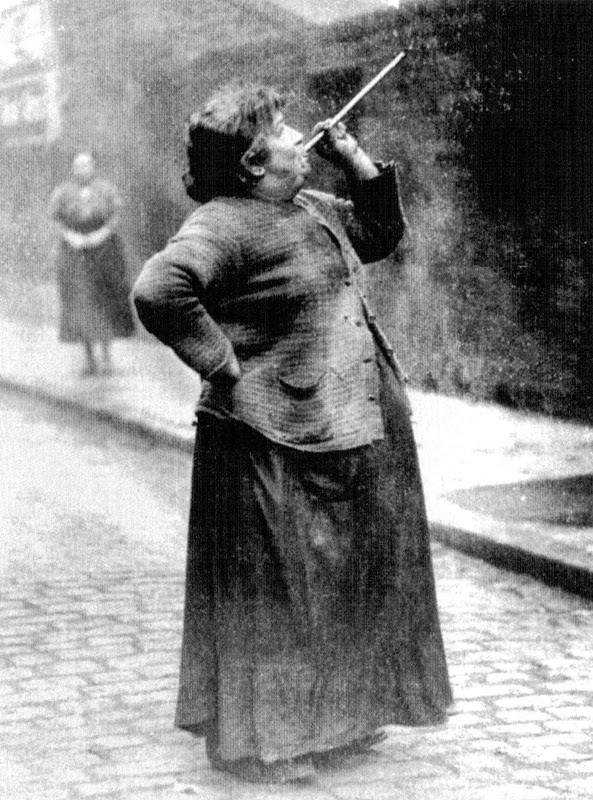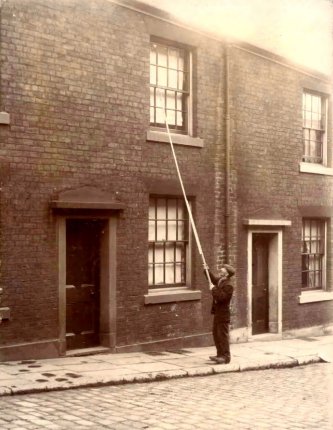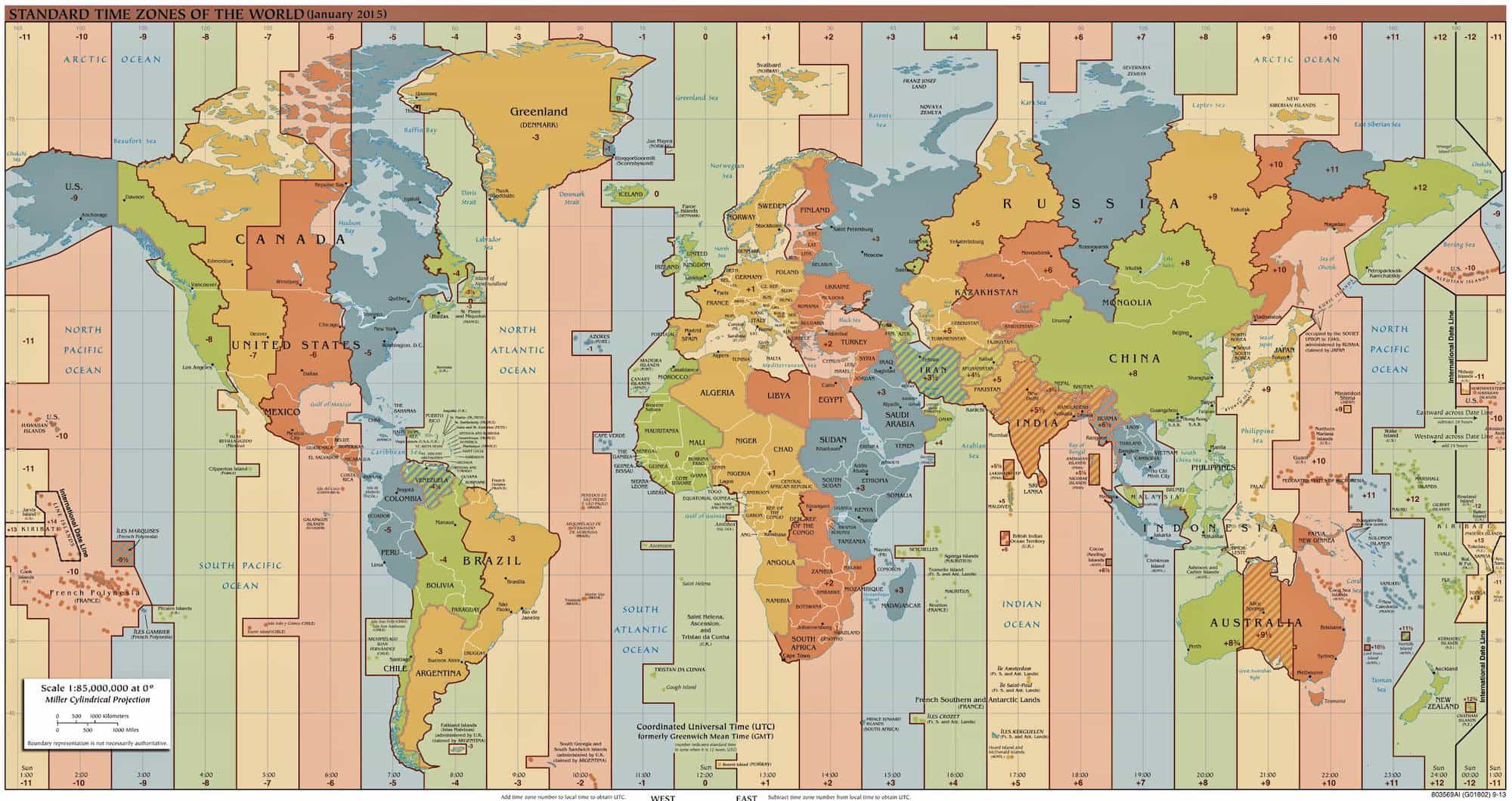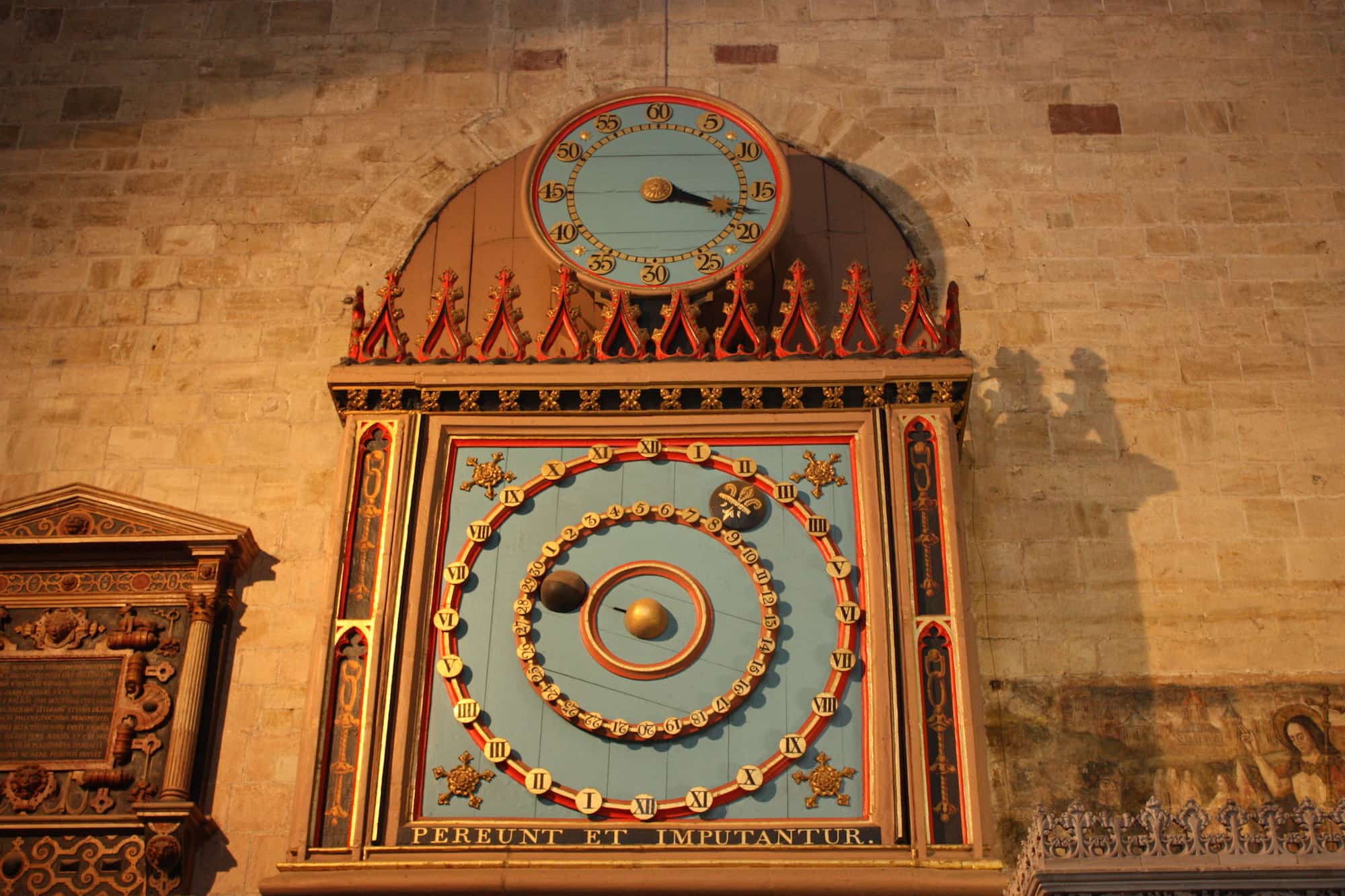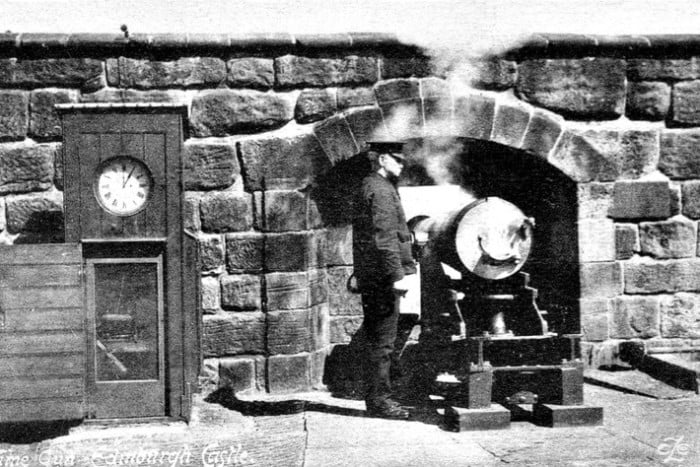Without going too deep and posing the question, “what is time?” I want to share some thoughts and tales about how we measure time or, more specifically, what we choose to measure time against. Due to the continuous nature of time, any reference point is going to be a fairly arbitrary line drawn in the sand. Depending on where on the globe you are when reading this, your time may be different to mine, but the likelihood is that it is offset against Greenwich Mean Time, plus or minus a whole number of hours. We don’t need to all be working to the same time, but sharing the same reference point is vitally important in the modern world. This wasn’t always the case.

The Knocker-Upper
As Britain entered the Industrial Revolution in the 18th century, it started to become more and more necessary for people to conduct their lives, and livelihoods, according to a centrally managed reference time. The days of many workers keeping their own hours based on the seasons, daylight hours or their own needs were fading as more and more people were employed in specialized and large scale production mills and factories.
The owners of those workplaces took it upon themselves to wake up workers living in earshot with a blast of the factory whistle. Not everyone was working to the same schedule, however. By the time pocket watches were starting to become more common towards the end of the 18th century, many individuals found they had access to the time regularly throughout the day, and the days were becoming more uniform and synchronized.









 Featured Videos
Featured Videos





